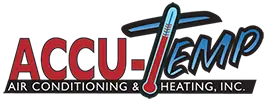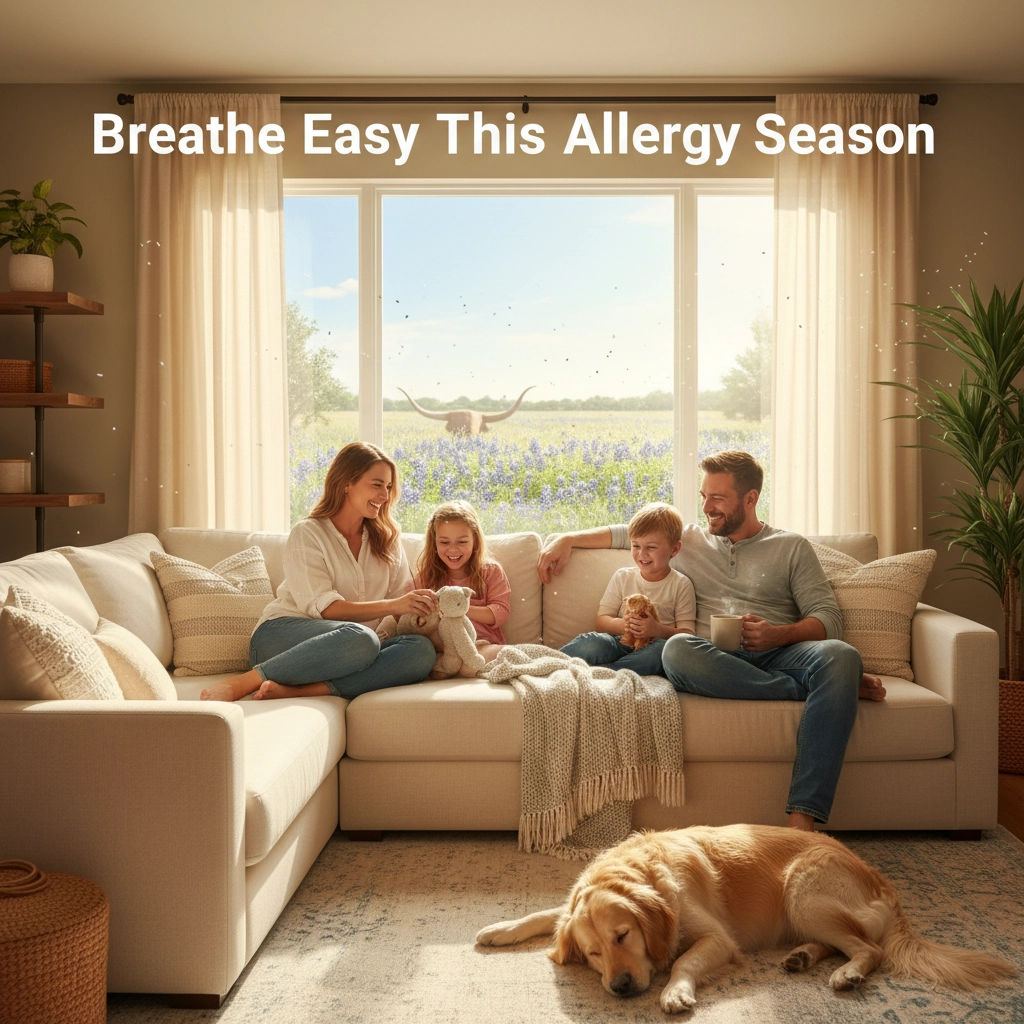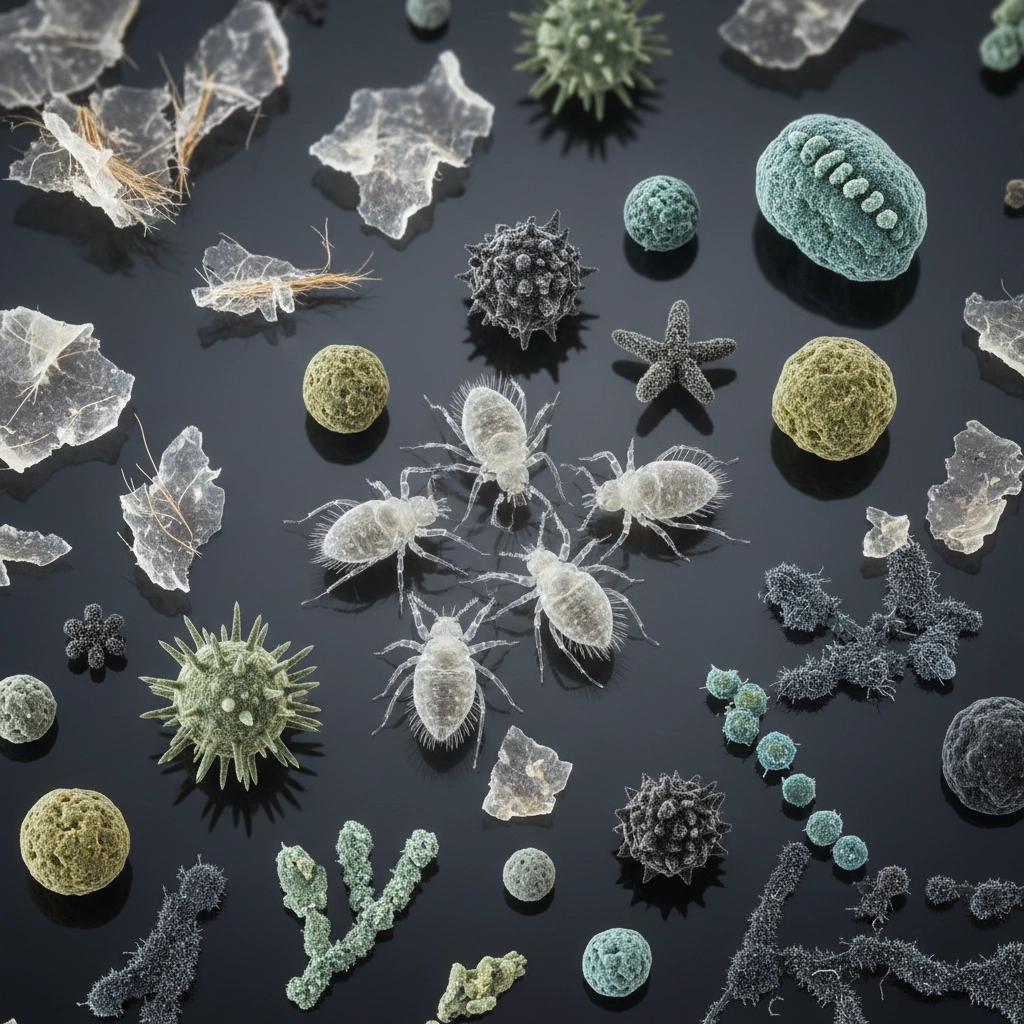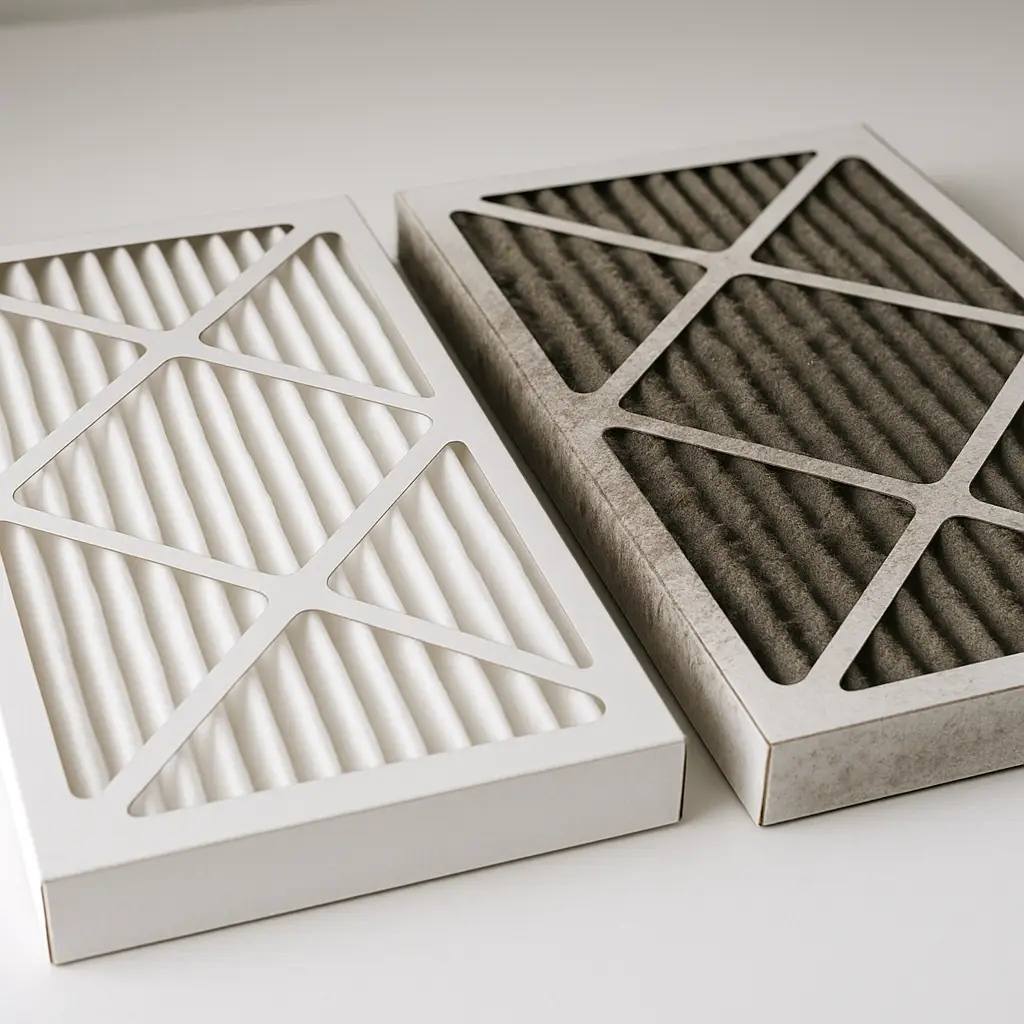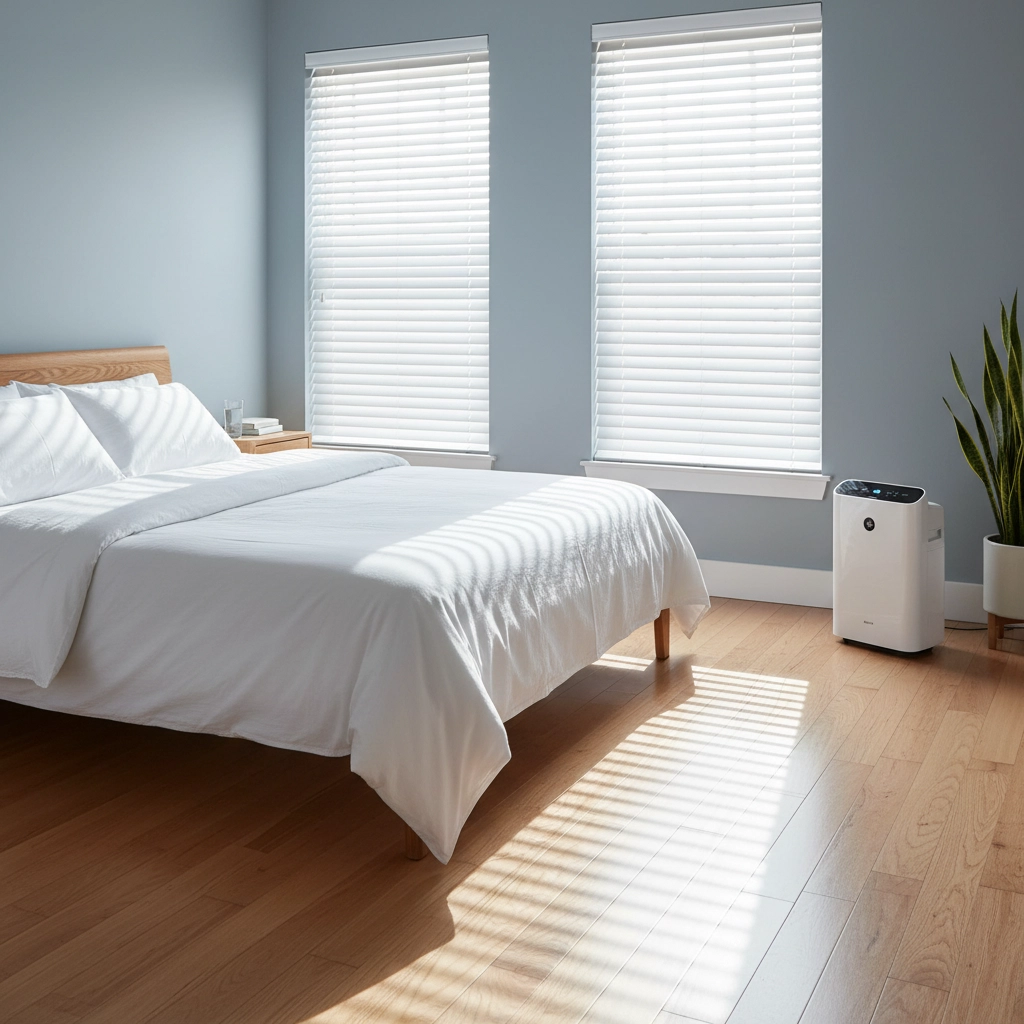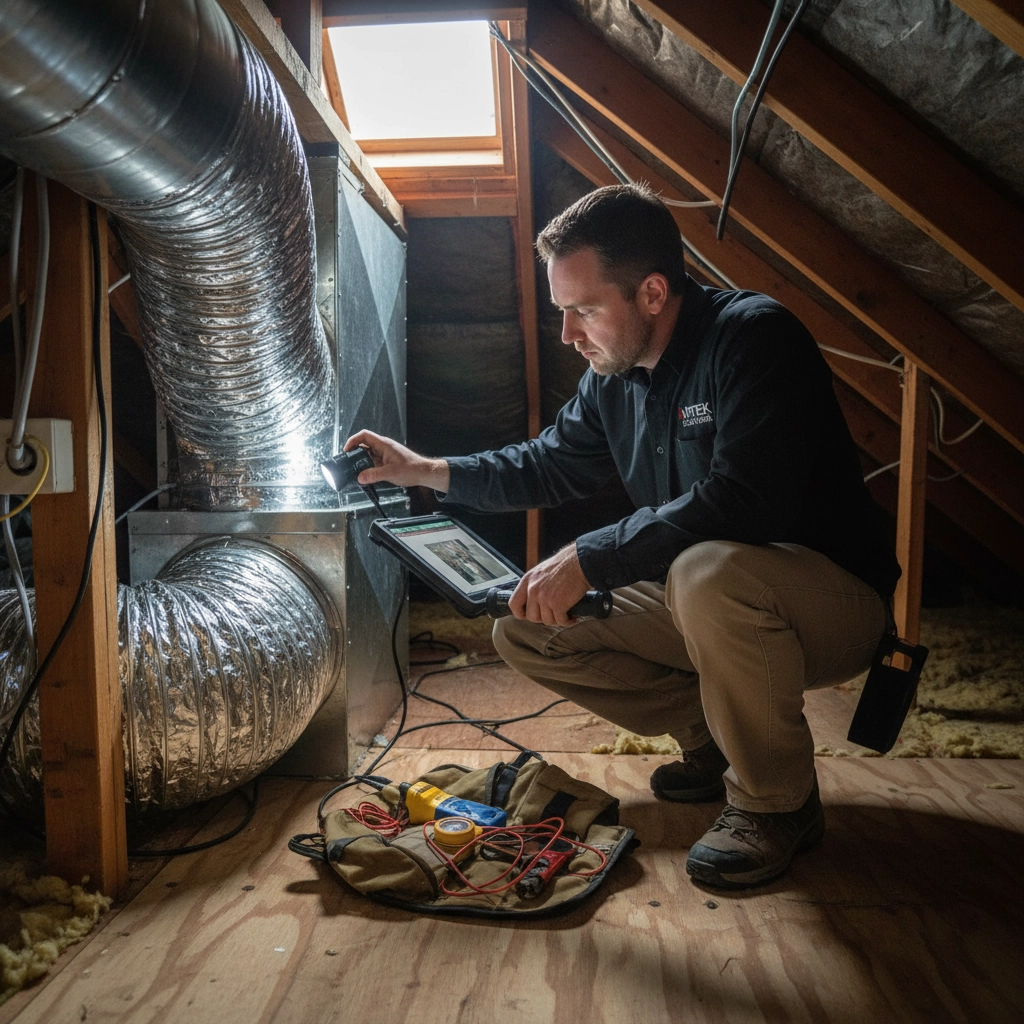Sniffling Already? Tackle Texas Allergies with Better Indoor Air Quality
If you’re reading this while reaching for another tissue, you’re definitely not alone. October in Central Texas means ragweed is having its moment, and those tiny pollen particles are wreaking havoc on sinuses across the region. But here’s the thing that might surprise you: your indoor air quality could be making those sniffles and sneezes way worse than they need to be.
You probably think of your home as a safe haven from all that outdoor pollen, but the reality is that your indoor air might be just as problematic as what’s floating around outside. The good news? There are some straightforward ways to turn your home into the allergy refuge it should be.
Why Texas Makes Allergies So Brutal
Living in Central Texas means dealing with what feels like a never-ending allergy season. While folks in other states get a break during winter months, we’ve got cedar fever waiting for us in December and January. Then comes spring with oak and other tree pollens, followed by grass pollens in summer, and now we’re in the thick of ragweed season through November.
Ragweed is particularly nasty because its pollen is incredibly lightweight: it can travel hundreds of miles on the wind. So even if you don’t see ragweed plants in your immediate neighborhood, you’re still getting hit with pollen from plants that might be several counties away.
Our Texas weather doesn’t help either. Those dry, windy days we’re famous for? They’re perfect for picking up dust, dirt, and pollen and carrying it everywhere: including right into your home every time you open a door or window.
Your Home Isn’t as Protected as You Think
Here’s where things get frustrating. You come inside expecting relief from your allergy symptoms, but they persist. That’s because outdoor allergens have probably already made themselves at home in your indoor space, and your HVAC system might be helping spread them around.
Every time someone walks through your front door, they’re bringing pollen on their clothes, shoes, and hair. When you open windows for fresh air, you’re inviting pollen inside. And once those allergens are in your home, they can stick around for weeks, getting stirred up and recirculated by your heating and cooling system.
The Indoor Allergen All-Stars
Let’s talk about what’s actually floating around in your indoor air that could be making you miserable:
Pollen is the obvious culprit, but it’s sneakier indoors than you might think. It clings to furniture, carpets, and curtains, then gets kicked back up into the air with normal household activities.
Dust mites love Central Texas homes, especially during humid months. These microscopic creatures live in bedding, upholstery, and carpets, and their waste products are major allergy triggers.
Pet dander isn’t just a problem if you have pets. These proteins can linger in homes for months after pets have lived there and can even be carried in on visitors’ clothing.
Mold spores thrive in our humid climate and can grow in places you’d never think to look: inside air ducts, around windows, in bathroom corners, and even in your HVAC system itself.
How Your HVAC System Can Help or Hurt
Your heating and cooling system is like the lungs of your home: it’s constantly moving air around. Unfortunately, if that air is full of allergens, your HVAC system becomes a very efficient way to spread those irritants to every room in your house.
But here’s the flip side: when your HVAC system is properly maintained and equipped with the right components, it becomes your best defense against indoor allergens. The key is making sure it’s working for you, not against you.
Simple Steps to Breathe Easier at Home
Upgrade Your Air Filters
This is the easiest and most immediate change you can make. Ditch those basic fiberglass filters that barely catch anything and invest in high-efficiency filters. Look for MERV ratings between 8-12 for residential use. These filters can capture much smaller particles, including pollen and dust mite allergens. Just remember to change them regularly: a clogged high-efficiency filter can restrict airflow and make your system work harder. You can read more about whole house filters here.
Keep Humidity in Check
Central Texas humidity can be all over the map, which creates problems for allergy sufferers. Too much humidity encourages mold growth and dust mites, while too little can make your nasal passages more irritated. Aim for humidity levels between 30-50%. Your HVAC system might need help achieving this, especially during extreme weather. Read more about portable dehumidifiers here.
Consider Whole-House Air Purifiers
While portable air purifiers can help in individual rooms, whole-house systems integrated with your HVAC can provide comprehensive coverage. These systems can remove particles, odors, and even some bacteria and viruses from your air before it circulates through your home.
Schedule A Duct Cleaning
Over time, dust, pollen, pet dander, and other debris accumulate in your air ducts. Every time your system runs, it can blow these accumulated allergens back into your living space. Professional duct cleaning removes this buildup and can make a significant difference in your indoor air quality.
UV Light Systems
Ultraviolet light systems installed in your HVAC can kill mold, bacteria, and viruses as air passes through your system. These are particularly helpful in our humid climate where biological contaminants can be a real problem. Read more about ultraviolet lights here.
Beyond Your HVAC System
While your heating and cooling system is crucial for managing indoor air quality, there are other steps you can take to reduce allergens in your home:
Create a “shoes-off” policy at your front door to avoid tracking in pollen and outdoor allergens. Wash bedding weekly in hot water to kill dust mites. Keep windows closed during high pollen days and use your HVAC system’s fan setting to circulate filtered air instead.
Regular vacuuming with a HEPA filter vacuum can remove allergens from carpets and upholstery. If allergies are severe, consider replacing carpets with hard flooring, which doesn’t trap allergens the same way.
When to Call in the Professionals
Sometimes DIY solutions aren’t enough, especially if you’re dealing with severe allergies or if your home has specific challenges like high humidity, poor ventilation, or an older HVAC system that’s not effectively filtering air.
At Accu-Temp, we’ve helped countless Central Texas homeowners figure out why their indoor air quality isn’t what it should be. We’re not interested in selling you equipment you don’t need: we’re focused on finding practical solutions that actually work for your specific situation and budget.
A professional HVAC system assessment can identify problem areas you might not have considered. Maybe your ductwork has leaks that are pulling in unconditioned air from your attic or crawl space. Perhaps your system isn’t sized correctly for your home, leading to poor air circulation. Or you might benefit from a combination of solutions that work together more effectively than any single fix.
The Bottom Line
You don’t have to resign yourself to months of sniffling and sneezing just because you live in Texas. Your home should be a place where you can breathe easily, even when the pollen counts outside are through the roof. Learn more tips to improve the air quality in your home here.
Better indoor air quality isn’t just about comfort: it’s about your health and quality of life. When you can breathe easily at home, you sleep better, concentrate better, and feel better overall. And in a state where allergy season seems to last most of the year, having that indoor refuge becomes even more important.
The solutions don’t have to be complicated or expensive. Sometimes it’s as simple as upgrading your air filter or adjusting your humidity levels. Other times, a more comprehensive approach involving professional duct cleaning or whole-house air purification makes the biggest difference.
If you’re tired of feeling lousy in your own home, it might be time to take a closer look at what’s in your indoor air. Your nose will thank you, and you might be surprised at how much better you feel when you’re not constantly fighting allergens, even indoors.
Ready to breathe easier? Let’s talk about what’s going on with your indoor air and figure out the best approach for your home and your family’s needs.
